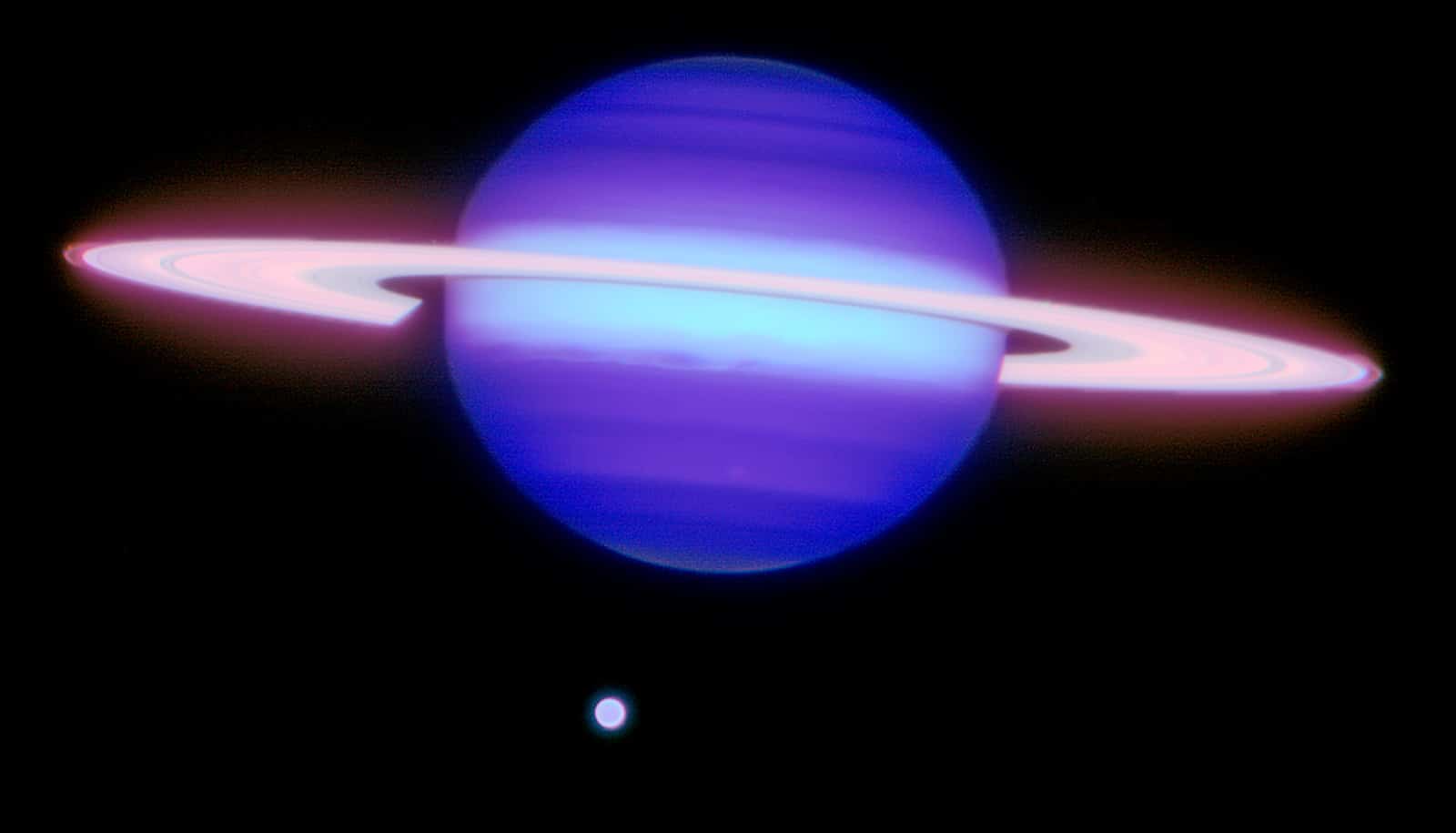A newly-discovered gas giant is the largest planet ever discovered when compared to the size of its companion star.
The existence of NGTS-1b, located about 600 light years away from Earth, challenges theories of planet formation which hold that a planet of this size—about the same as Jupiter— couldn’t be formed by a small star only half the size of the sun.
According to these theories, small stars can readily form rocky planets but don’t gather enough material together to form Jupiter-sized ones.
The planet is a hot Jupiter, at least as large as the Jupiter in our solar system, but with around 20 percent less mass. It’s very close to its star—just 3 percent of the distance between Earth and the Sun—and orbits the star every 2.6 days, meaning a year on NGTS-1b lasts only two and a half days. And it’s hot—the temperature is approximately 530°C, or 800 kelvin.
“The discovery of NGTS-1b was a complete surprise to us—such massive planets were not thought to exist around such small stars,” says lead author Daniel Bayliss, of the astronomy and astrophysics group at the University of Warwick.
“Small stars are actually the most common in the universe, so it is possible that there are many of these giant planets waiting to found.”
“This is the first exoplanet we have found with our new NGTS facility and we are already challenging the received wisdom of how planets form. Our challenge is to now find out how common these types of planets are in the galaxy…”
Researchers spotted the planet using the state-of-the-art Next-Generation Transit Survey (NGTS)—a wide-field observing facility made of a compact ensemble of telescopes, designed to search for transiting planets on bright stars.
Spot exoplanets from Earth with new telescope add-on
The planet orbits a red M-dwarf—the most common type of star in the universe, which suggests the possibility that there could be more of these planets waiting to be found.
“NGTS-1b was difficult to find, despite being a monster of a planet, because its parent star is small and faint,” says Peter Wheatley, a professor at the University of Warwick who leads NGTS. “Small stars are actually the most common in the universe, so it is possible that there are many of these giant planets waiting to found.”
The researchers made the discovery by monitoring patches of the night sky over many months, and detecting red light from the star with innovative red-sensitive cameras. They noticed dips in the light from the star every 2.6 days, implying that a planet was orbiting and periodically blocking starlight.
Using these data, they then tracked the planet’s orbit around its star and calculated the size, position, and mass of NGTS-1b by measuring the radial velocity of the star—finding out how much the star “wobbles” during orbit, due to the gravitational tug from the planet, which changes depending on the planet’s size.
The paper will appear in the Monthly Notices of the Royal Astronomical Society and is available on arXiv.
The work was funded by the participating institutions, and with support from the UK Science and Technology Facilities Council.
Source: University of Warwick



